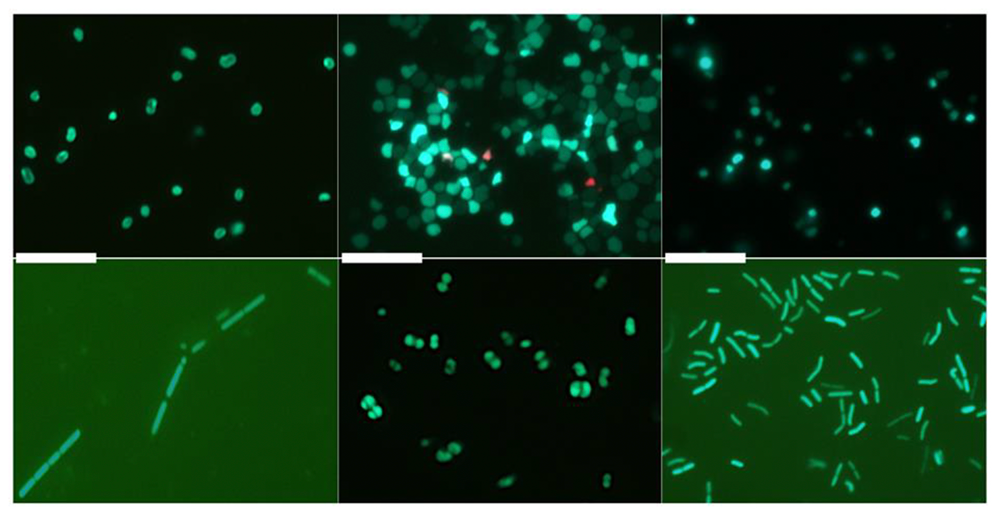Characterization of Methanogenic Microorganisms Living in Deep Subseafloor Sediments of the Nankai Trough
-A Clue to Better Understand the Process of Methane Hydrate (MH) Formation-
Summary of the AIST Press Release on February 2, 2022
>>Japanese
A variety of methanogenic microorganisms are living in the deep subseafloor sediments of the Nankai Trough. Our incubation experiments demonstrate how the growth temperature dictates their methane production potential.
KATAYAMA Taiki and his colleagues of the Geological Survey of Japan conducted research collaboration with the Japan Oil, Gas and Metals National Corporation and the National Institute of Quantum Science and Technology to clarify the depth profile of the methane production potential in seafloor sediments of the eastern Nankai Trough from near surface to the deep zone where MH is concentrated. They further succeeded in isolating a variety of methanogenic microorganism from the sediments and experimentally proved that methanogenic microbes produce methane not only at the in situ temperatures (4 to 15 ℃), but also at higher temperatures (40 to 50 ℃). Since the MH in the Nankai Trough is considered to consist of methane produced by microbial activities, the findings of this study clarify the conditions for microbial methane production in marine subsurface sediments, which advances our understanding of the MH formation process. The result of this study has been published in The ISME Journal on February 2, 2022.
Fig. 1. Fluorescence micrographs of variety of methanogenic microorganisms living in the marine sediments of the eastern Nankai Trough. It took up to five years to isolate each microbe. Methanogenic microbes emit fluorescent colors when their cells are exposed to ultraviolet light. White scale bars indicate 10 micrometer.


